Reasons For Slow Flowing Drains And The Solutions
We've all experience it. When you're showering, the water slowly starts to dwindle until a dribble comes out of the faucet. And after that you recognize the sink is slow to drain as well.
If this has happened to you, don't stress-- you're not alone! Clogged drains pipes are one of the most typical clogged pipes problems individuals deal with. But what causes slow drain, and how can you avoid it?
Numerous aspects trigger your drain to buckle under pressure. Obstructed drains pipes are not just a flow problem, but a possible health threat that you ought to take seriously. While there are DIY ideas to manage a slow drain, calling an expert constantly helps.
Backflow can also trigger your drain to slow down. In this case, impurities and other harmful aspects can likewise penetrate your drinking water. You need professionals to conduct a backflow test to guarantee clean, healthy drinking water.
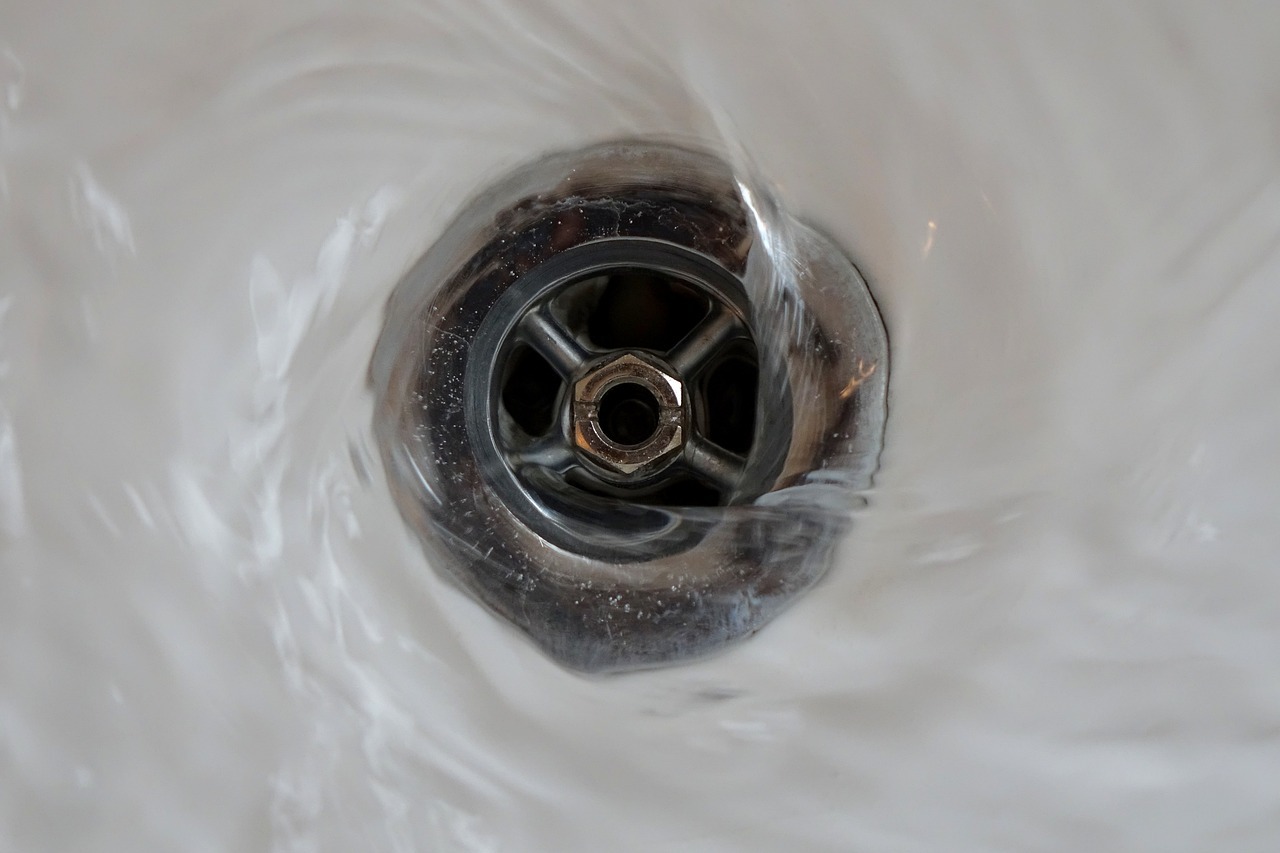
Signs You Have a Clogged Drain
- Water's draining gradually from your sink, tub, or toilet.
- Gurgling sounds coming from your drain
- Foul smells coming from your drain
- Standing water in your bathroom sink or tub
If you see such signs, it's time to take action! Luckily, you can take a few procedures to clear the clog and get your drains flowing freely again.
Do it yourself Remedies for a Slow Drain
You can take some steps to clear the clog and get your drains streaming freely again.
First, attempt pouring hot water down the drain for a few minutes. This will help to break up any grease or soap buildup that may be triggering the clog.
If hot water does not work, you can try using a plunger to remove the obstruction. Cover the overflow hole utilizing a plunger before you begin to avoid creating a mess! If these techniques don't work, you may require to use a drain snake. Take care when using these gadgets, as they can damage your pipes if misused.
When you've cleared the clog, you can do a couple of things to avoid it from taking place again.
Invest in a drain strainer or hair catcher. This will help to catch any debris prior to it has a chance to obstruct your drain. You need to likewise prevent putting grease or oil down your drains. These substances can strengthen and cause significant clogs. Finally, regularly clean your drains pipes with hot water and vinegar. This will help to eliminate any accumulation that might lead to a clog.
How Does Hair Clog Slow Your Drain?
Hair caught in slow-moving drains pipes is one of the prime reasons for sluggish water drainage. When hair comes in contact with soap residue, it forms mats that block your drain. Toilet tissue buildup can likewise lead to slow-moving drains.
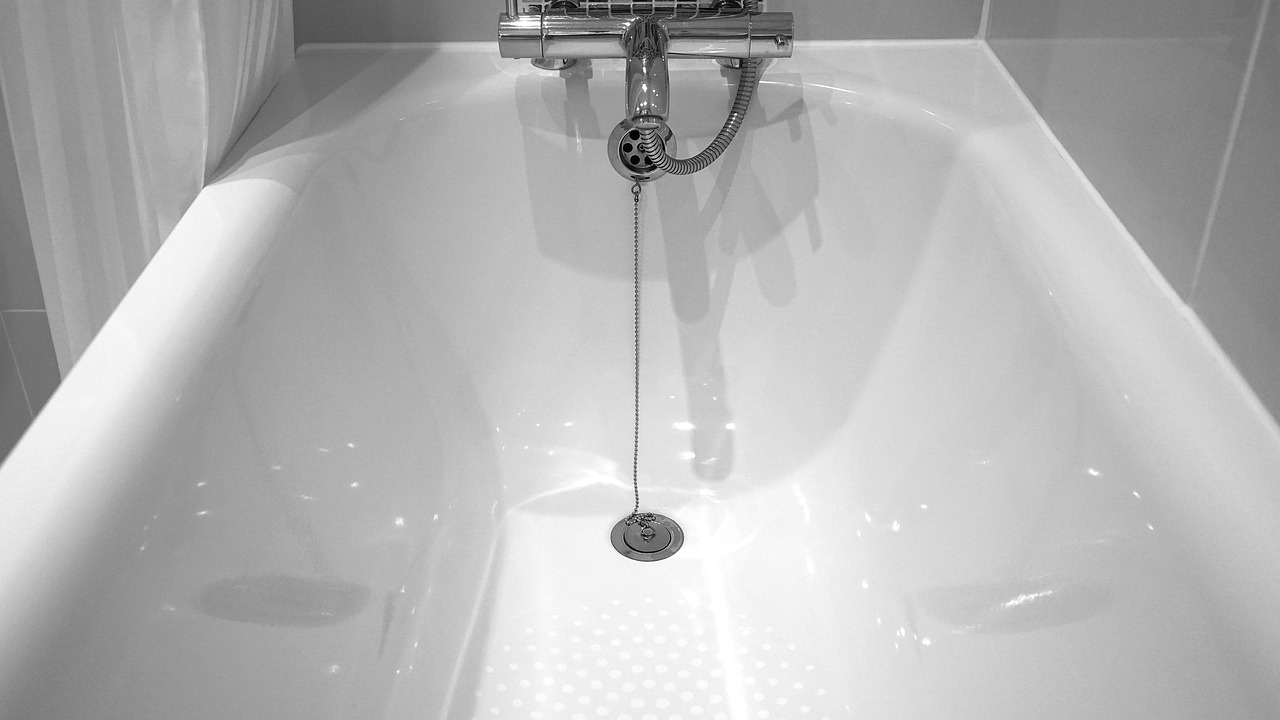
Why Should You Not Leave Slow Flowing Drain Unattended?
A slow-flowing drain is often a sign of a more severe issue. If left neglected, a slow-flowing drain can lead to a complete obstruction. This can trigger water to back into your home, causing flooding and water damage. Water damage can be expensive to repair, and it can likewise cause mold growth.
Mold is a health risk and can cause breathing issues, so it is essential to resolve slow-flowing drains pipes as quickly as possible.
What is Backflow and How Does it Slow the Drain
Backflow is a term utilized in plumber circles to describe scenarios when there is undesirable water circulation in the reverse direction.
Water backflow provides unneeded stress to the water flow system as it can possibly permit impurities to permeate water supplies.
Backflow is another reason that you could have a slow drain. When water begins to stream in reverse, it develops a blockage that can hamper water drain from your house.
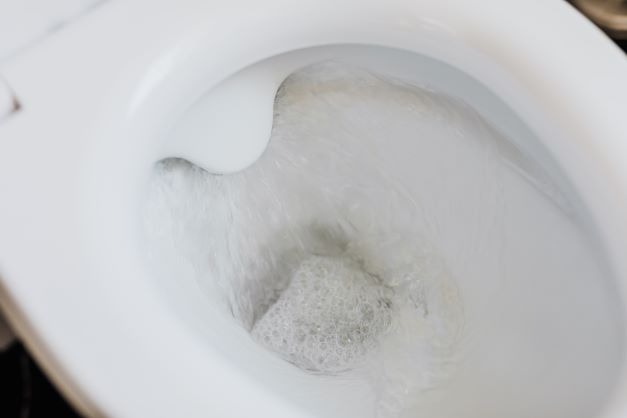
Various factors can trigger this, including:
- Incorrectly set up or preserved backflow preventers
- Cracks or breaks in underground piping
- Obstructed drain lines
- Extreme rains or snow melt
How to Prevent Backflow and Slow Drains?
Pipes systems install backflow preventers to ensure water flows in only one instructions. Backflow preventers enable water to flow in only one instructions and keep water from flowing backward. A professional plumber must set up and preserve these devices to ensure they work correctly.
Check backflow preventers frequently to ensure they are not broken or broken.
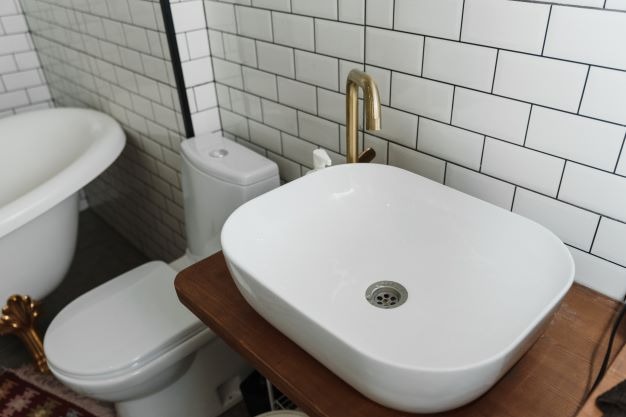
Fix any cracks or breaks in underground piping. Keep sewer lines clear of blockages. Minimize the quantity of rainfall or snowmelt runoff by rerouting downspouts away from your home.
How Does Backflow Testing Help in Water Flow Management?
Backflow screening is a procedure that guarantees that water flowing through your pipelines is not polluted. This test is necessary due to the fact that it helps to prevent waterborne illness from spreading.
You can spot possible backflow issues with a change in the water pressure in the pipelines. When the water pressure changes, it can trigger the water to flow back into your house or business. This can contaminate your drinking water and potentially make you sick.
Backflow screening makes sure that the water streaming through your pipelines is safe to drink. The test involves taking a sample of the water and sending it to a laboratory for analysis.
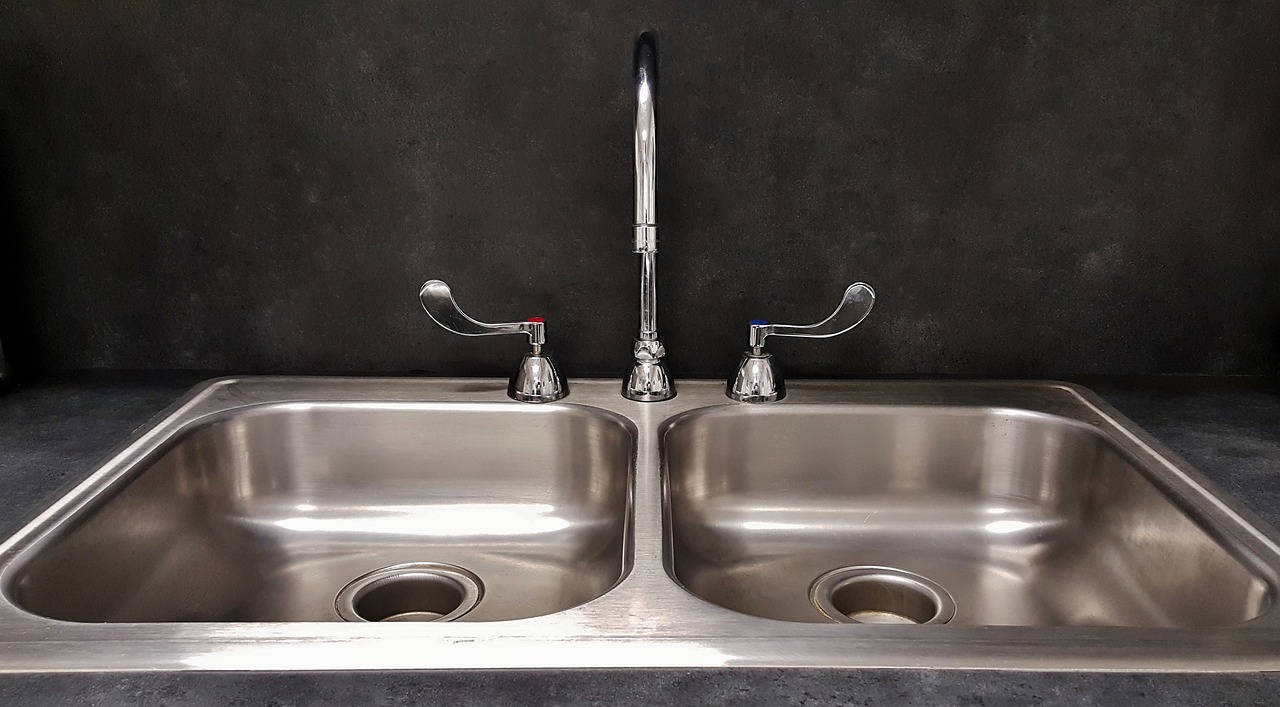
The test results will identify if there is a potential for backflow.
In some states, backflow testing is a legal obligation by regulatory bodies that need all companies and houses to have their backflow gadgets checked annually.
Likewise, you can research-- How Backflow Testing Ensures Clean Water for Your Home Your home's pipes is vital to your daily life. When something goes wrong, it can be aggravating and inconvenient. Precise Backflow Testing & & Plumbing team is here to help you with your water flow management needs.
If you live in the San Francisco Bay Area and the surrounding cities like San Mateo, San Carlos, Mountain View, Campbell, San Jose, Milpitas, Fremont, Hayward, San Leandro, Burlingame, Daly City and South San Francisco and need help with an installation, I suggest calling Legacy Plumbing and Rooter (408) 649-3149. We are here to answer your questions as well.
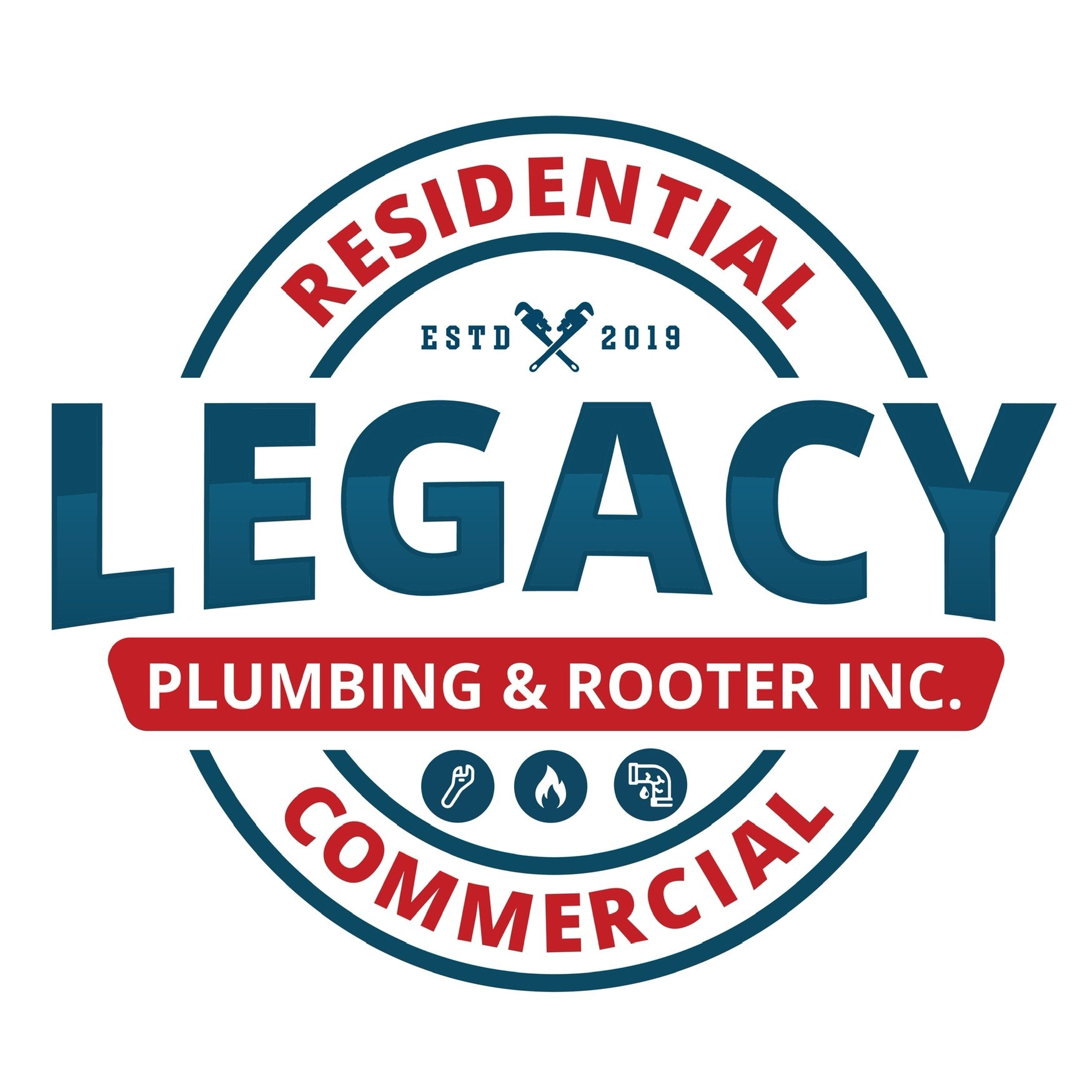
 Add Row
Add Row  Add
Add 






Write A Comment